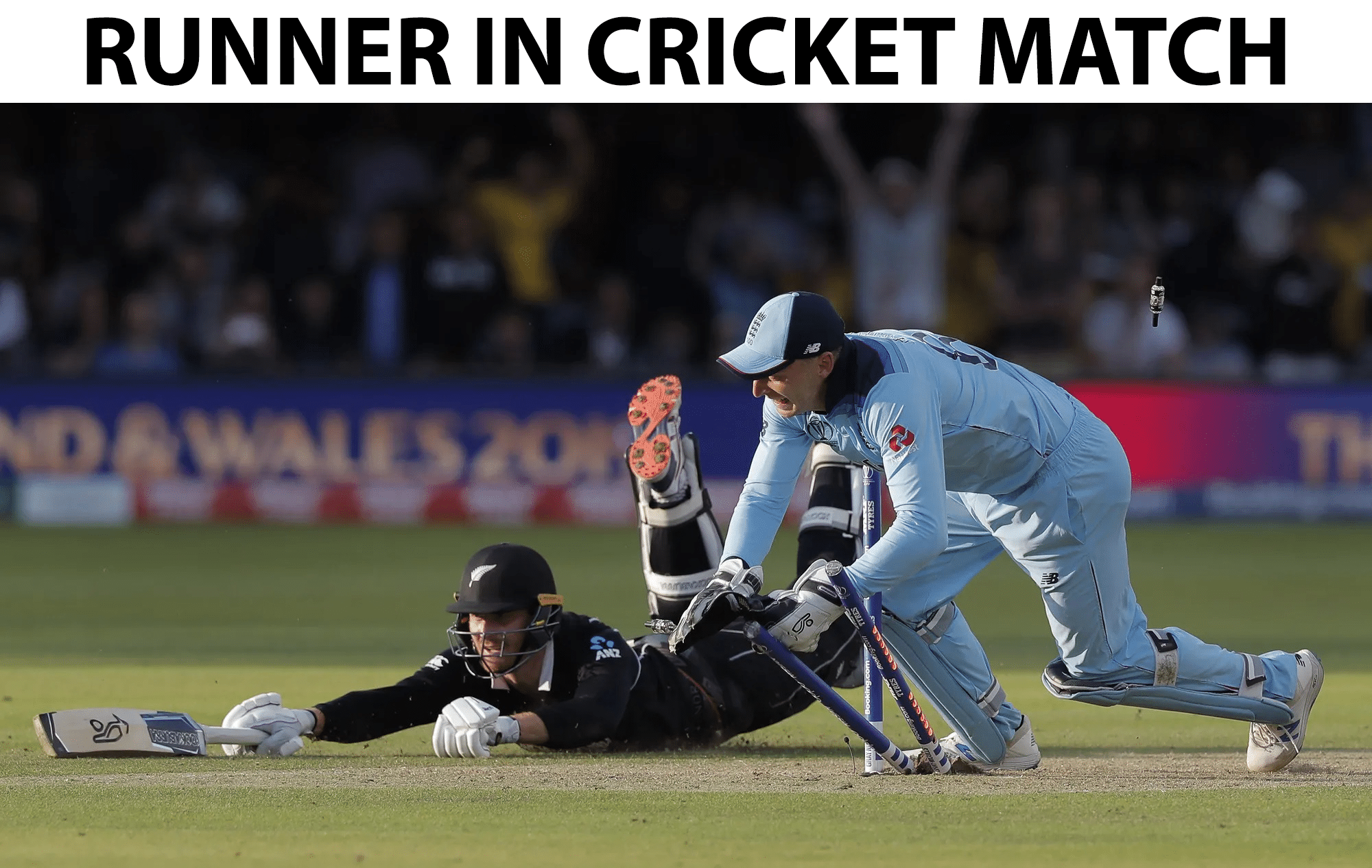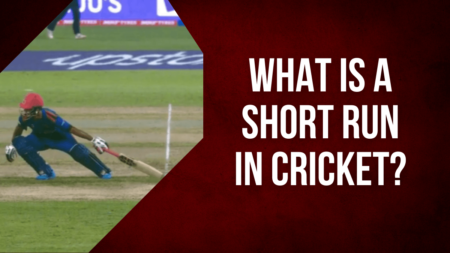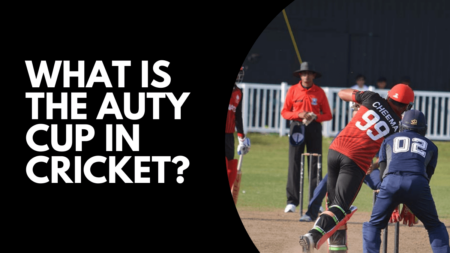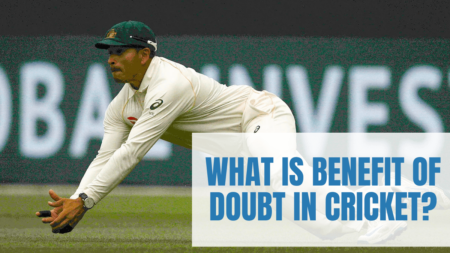

Law 25.5 of the Laws of Cricket details the regulations of a runner. A runner is a player that runs for an undismissed batter who suffered an injury that restricts his or her ability to run, but does not interfere with their batting.
A runner should be a player who has already been dismissed. In case a runner is needed and no wickets have been fallen, then only a player nominated prior to the start of the match must serve as a runner. However, should a wicket fall, then the dismissed batter must be immediately replaced by the existing runner.
A runner is deemed just only after the umpire’s consent. A runner should wear the same protective equipment as any other batter and must carry a bat like any other batter. The position of the runner when the batter he is running for is on strike, should be within the popping crease in an area that is determined by the on-field umpire.
The player for whom the runner is employed can be dismissed if the runner is subject to obstructing the field and run out. Here are a few scenarios that further clarify this rule.
- If the injured striker is within the crease but the runner is outside the crease, then a fielder or wicket-keeper can stump and run-out the striker.
- If the injured batter is outside the crease, but the runner is within the crease, then too a fielder or wicket-keeper can dislodge the stumps to deem the striker out.
- A runner who intentionally obstructs the flow of the game by hindering the ball’s movement while in play can cause dismissal of the injured batter.
The injured batter’s ground at all times will remain at the wicket-keeper’s end when a runner is called upon. The runner cannot, by any means leave the popping crease until the ball has passed the popping crease or made contact with the striker (he is running for). If this rule is breached, then the umpire can call it a dead ball, disallow all runs scored on that delivery and when applicable, levy a penalty of five runs. A runner cannot be a substitute player.
In International Cricket, the law of runners became defunct in 2011. However, it continues to be a part of cricket matches of lower tiers.




